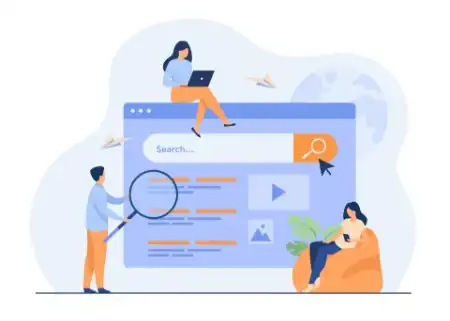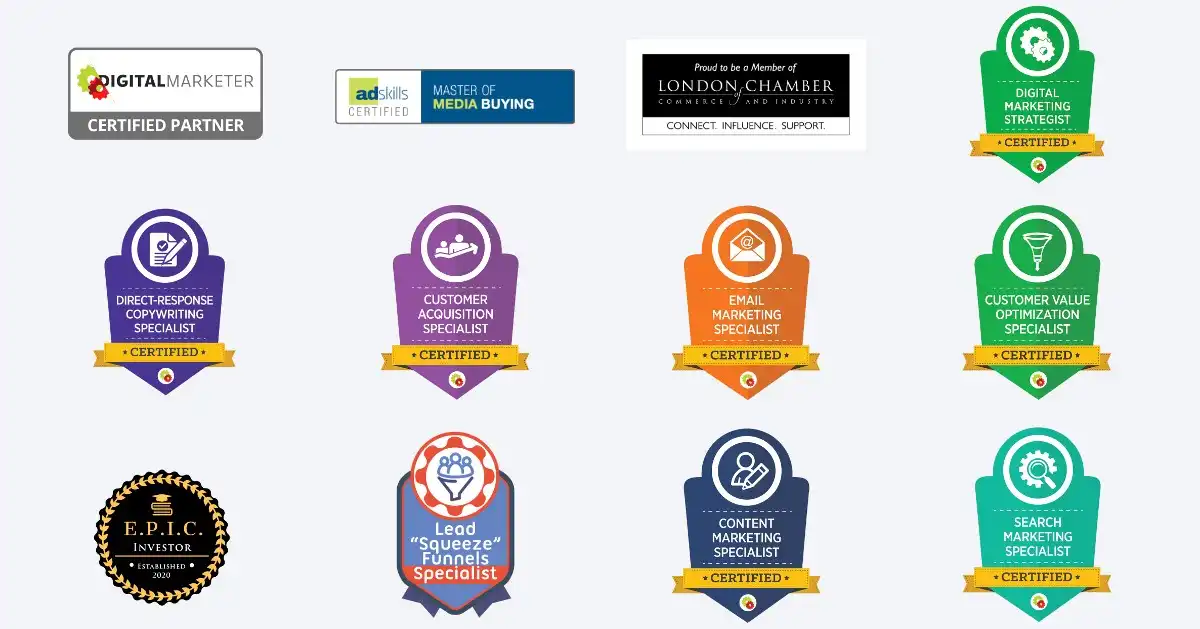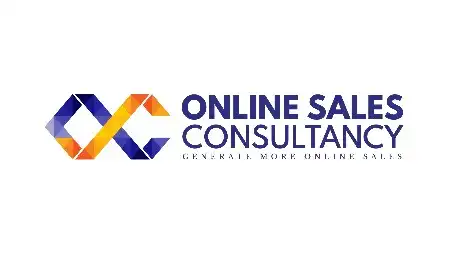Search Engine Optimisation (SEO)
Search Engine Optimisation is a slow process and results can not be guaranteed.
Each business will have a different requirement.

How easy or difficult it is for your website to rank in the search engines such as Google, Bing, Yahoo, Baidu, Yandex etc will depend on how competitive your niche and keywords or search terms are.
The first stage in an SEO campaign is research relevant keywords and compare search volumes and levels of competitiveness. We will then agree a list of target keywords with you.
The next stage is to check your "onsite" optimisation. We check your website to make sure there is nothing hindering your website from ranking. Amongst other things we will look at page speed, tags and site structure.
We will then start writing content relevant to your target keywords and look at promoting this content to other relevant websites and, where appropriate, get links back to your website. The exact way this is done will very much depend on the business and level of competition.
As well as ranking your website, if you are a local business, we will also optimise and promote your Google My Business (GMB) listings as well.
Each business will have very different requirements so please contact us to discuss your business and we will put an SEO plan together.
We only use "white hat" techniques and do not use spammy sites or link farms.
Please contact us to discuss your requirements.
Case Studies
These are just some results we have achieved for our clients
Increased leads by 316% and reduced cost per lead by 302%
Increased a page conversion rate by 165%
Generated leads at 700% less than clients expected cost
Increase impression share by 72%
Read these case studies and many more at the link below
Marketing Qualifications And Accreditations

Testimonials
Testimonials

He has given us some excellent directions to move in the testing and development of our new program that none of us had even thought of before.
His help has proven very insightful." David K.

"Quentin led us through his time-tested step-by-step framework for growing our business.
It was eye-opening as he uncovered basic planning and implementation steps missing in our business plan.
Quentin's expertise can help any business develop and implement a concrete action plan for predictable growth quarter after quarter.
It would be a pleasure to have his help on future projects." Jonathan S.

"Quentin is a really straight talking, smart marketer with extensive experience in many different Ad Networks.
He is a great choice if you need to discuss your options at length, brainstorm, and decide on the best strategic direction.
He always has time for these important discussions and has a deep understanding of the optics needed for success." Neil P.
.

"I recommend Quentin for his solid strategy for executing growth in set stages-so you are doing the right thing at the right time.
His understanding of the strategy behind the framework is in-depth and will save you so much time and money as you scale.
Quentin will make sure all the elements of success (strategy, copywriting, offer and retargeting) are in place for the best growth on the platform you want." Shari M.

"Quentin’s AdSkills and Digital Marketer Partner Certifications are well deserved.
He understands not only the media buying side of things but as well as the business growth, strategy and system part too.
I have recently completed one of his training called the “30 Day Business Growth Blueprint” in which he outlines the core steps of creating a predictable & scalable customer acquisition system for your business.
In addition to the great tips & strategies he gives away his worksheets so you can track and measure your progress along the way. Quentin stresses the idea of: “You got to commit” - I can’t agree more with him.
After completing his course I walked away with a clear and simple action plan on how to grow my freelance business.
Thanks Quentin!" Zoltan K.

"Quentin is really good and helped us to focus on a clear sales management system.
His method organises our marketing plan and can be suited for any type of company.
He knows his stuff and I recommend him." Sébastien S.
.
CONTACT INFOrmation
Address
Suite 24, 180 Acton Lane London W4 5DL
Phone
Contact Us
© 2023 Online Sales Consultancy | All Rights Reserved
